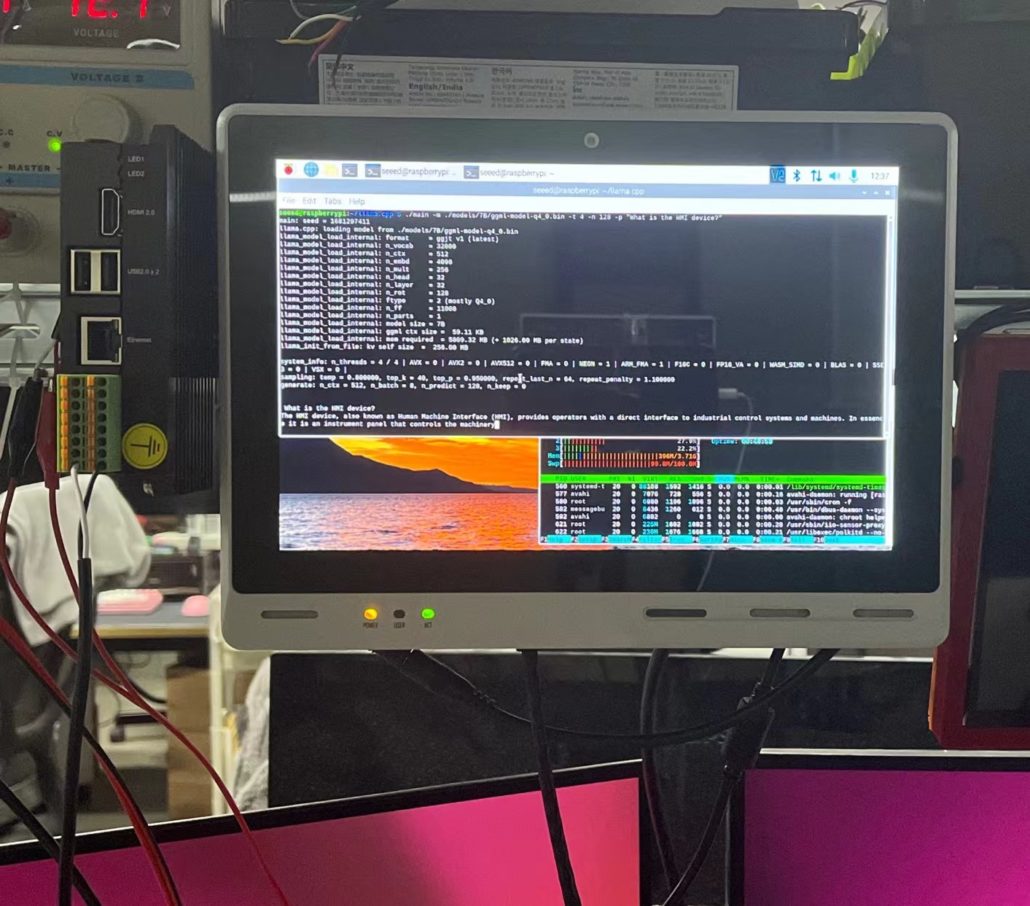What is GPT-3?
GPT-3 (Generative Pre-trained Transformer 3) is a state-of-the-art language model developed by OpenAI, which is designed to generate human-like responses for a wide range of natural language processing tasks.
It represents a significant advancement in the field of natural language processing, and it has the potential to revolutionize the way we interact with computers and technology.
Here is the definition and answer I asked chat-gpt itself for what it is:

What can we do with GPT-3?
GPT-3 is a language model that can be used in various ways, such as generating text, building chatbots, translating languages, developing voice assistants, and personalizing content. It can also complete sentences, answer questions, summarize text, and analyze sentiment. Its potential applications are numerous and can improve productivity, automate tasks, and enhance user experience in different industries.
GPT-3 has the potential to transform the field of natural language processing and can be used in various industries, including healthcare, finance, and marketing, among others.
Here are some interesting projects that have used GPT-3:
- GPT-3 Creative Writing: This project explores the potential of GPT-3 as a tool for creative writing, generating poetry, stories, and even scripts for movies and TV shows.
- GPT-3 Dungeons and Dragons: This project uses GPT-3 to generate new scenarios and encounters for the popular tabletop role-playing game Dungeons and Dragons.
- GPT-3 Chatbots: Several companies have used GPT-3 to create chatbots that can interact with users in a natural language format.
- GPT-3 Code Generation: This project explores the potential of GPT-3 to generate code for various programming languages based on user input.
- GPT-3 Digital Marketing: This project uses GPT-3 to generate copy for social media posts, ads, and other marketing materials.
Try AI on Seeed's reTerminal Series
GPT-3 is a powerful language model developed by OpenAI that has the ability to generate human-like text based on the input it receives. On the other hand, Raspberry Pi is a small, affordable, and highly customizable computer that has become very popular among hobbyists, students, and professionals alike.
It can interact with users in a natural language format. This means that users can input questions or commands into the interface, and the Raspberry Pi can use GPT-3 to generate appropriate responses.
What is Seeed's reTerminal Series?
The reTerminal series is a line of HM products developed and manufactured by Seeed, powered by Raspberry Pi CM4. It represents a significant exploration and advancement for us in the industrialization and commercialization of Raspberry Pi-based products and devices.
reTerminal
The reTerminal is a Human-Machine Interface facility, designed in modularization, offered multiple interfaces and components. It is your hand-size, powerful, Raspberry Pi-based all-in-one board, assisting you to develop individual IoT & AI projects and being ready to materialize industrial-level monitor and control functions.
reTerminal DM
reTerminal DM is a Panel PC, HMI, PLC, IIoT Gateway all-in-one device powered by Raspberry Pi CM4, with 10.1” IP65 front panel and rich industrial interfaces, and natively integrated with Node-RED and supports Raspberry Pi-based software ecosystem.
Llama's 7b model running on reTerminal DM
Llama can run on devices like the Raspberry Pi, but it requires a relatively new Raspberry Pi 4 with 4GB or 8GB of memory. Therefore, the reTerminal DM version meets the requirements for using Llama. However, running Llama’s 7b model has very demanding requirements on the device, as it requires a lot of computing resources and storage space, and may take a considerable amount of time to influence the result. Therefore, running Llama’s 7b model on reTerminal DM shows very long response times due to the resource-intensive nature of the task.

AI chatbot running on reTerminal DM
We made some attempts to run GPT in reTerminal DM. Implement the basic functions of AI chatbot on reTerminal DM by using the Openai API key: use OpenAI’s GPT model to answer the input questions and realize the function of a chatbot.


import openai
model_engine = "text-davinci-003"
openai.api_key = "Enter Your GPT API KEY HERE"
def GPT(query):
response = openai.Completion.create(
engine=model_engine,
prompt=query,
max_tokens=1024,
temperature=0.5,
)
return str.strip(response['choices'][0]['text']), response['usage']['total_tokens']
exit_words = ("q","Q","quit","QUIT","EXIT")
try:
while True:
print("Type q, Q, quit, QUIT or EXIT and press Enter to end the chat session")
query = input("What is your question?> ")
if query in exit_words:
print("ENDING CHAT")
break
else:
(res, usage) = GPT(query)
print(res)
print("="*20)
print("You have used %s tokens" % usage)
print("="*20)
except KeyboardInterrupt:
print("\nExiting ChatGPT")What can we do by integrating Raspberry Pi and AI?
The combination of GPT-3 with Raspberry Pi has the potential to enable the development of highly customized and powerful HMIs that can interact with users in a natural language format. As the technology continues to advance, we can expect to see more innovative applications of this technology in various fields.
One potential application of this technology could be in the development of smart home devices. For example, users could ask their Raspberry Pi-powered HMI to turn on/off lights, adjust temperature settings, or play music, and GPT-3 could generate responses based on the user’s commands.
Another potential application could be in the field of customer service. Companies could use Raspberry Pi-powered HMIs with GPT-3 to provide automated customer support through a natural language interface. This could help reduce wait times and improve customer satisfaction by providing quick and accurate responses to their queries.
Seeed Raspberry Pi Ecosystem

View and download our Raspberry Pi series catalog
Join us for a competition in collaboration with MagPi and stand a chance to win a reTerminal to try out GPT!